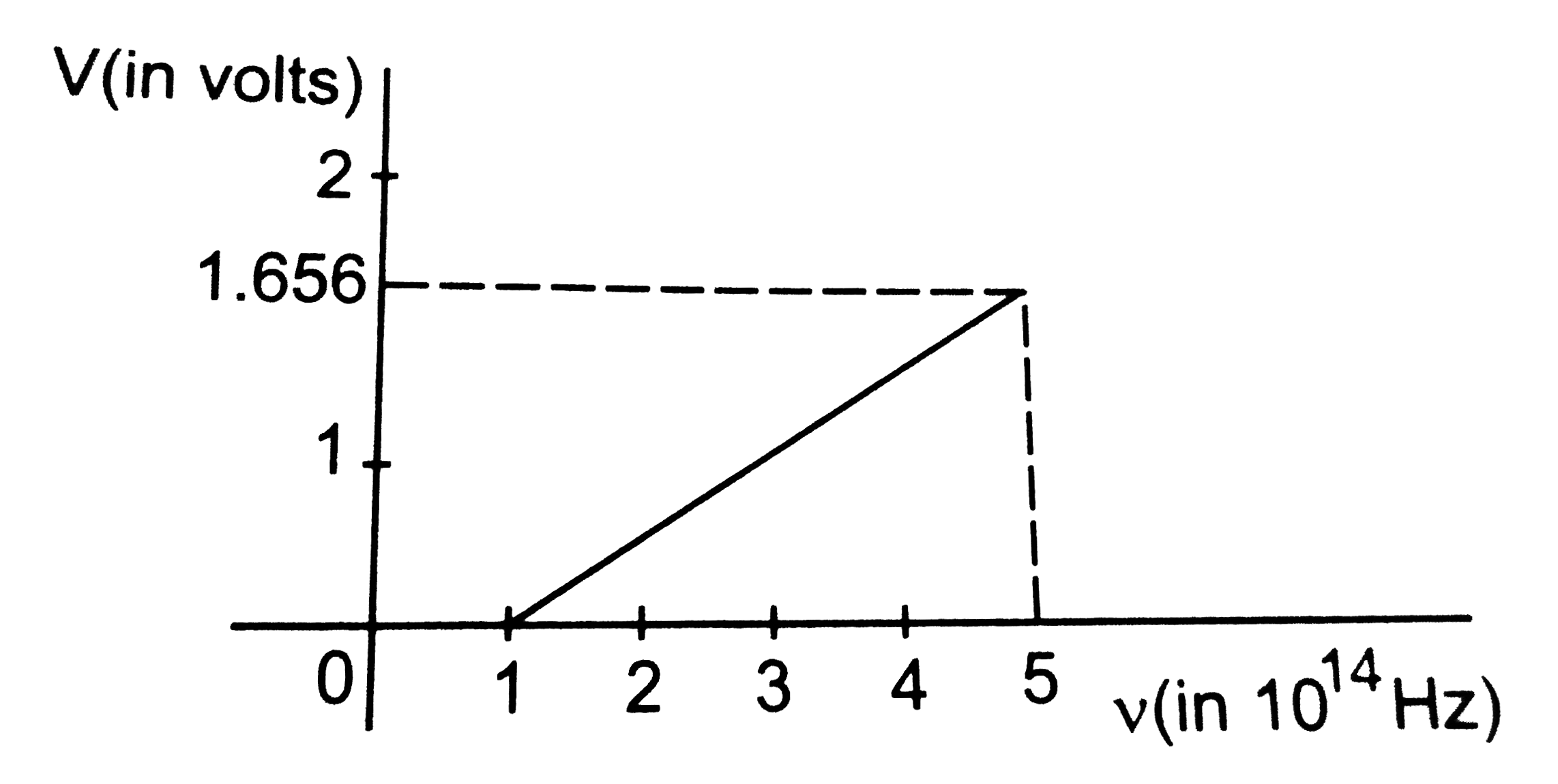A non-monochromatic light is used in an experiment on photoelectric effect. The stopping potentialSolution in Tamil
is related to the mean wavelength
is related to the longest wavelength
is related to the shortest wavelength
is not related to the wavelength
The correct Answer is:C
Step by step video & image solution for A non-monochromatic light is used in an experiment on photoelectric effect. The stopping potential by Physics experts to help you in doubts & scoring excellent marks in Class 12 exams.
Topper's Solved these Questions
- BOOK - HC VERMACHAPTER - PHOTO ELECTRIC EFFECT AND WAVE PARTICLE DUALITYEXERCISE - objective II7videos
PHOTO ELECTRIC EFFECT AND WAVE PARTICLE DUALITY
- BOOK - HC VERMACHAPTER - PHOTO ELECTRIC EFFECT AND WAVE PARTICLE DUALITYEXERCISE - Exercise35videos
PHOTO ELECTRIC EFFECT AND WAVE PARTICLE DUALITY
- BOOK - HC VERMACHAPTER - PHOTO ELECTRIC EFFECT AND WAVE PARTICLE DUALITYEXERCISE - question for short answer13videos
PHOTO ELECTRIC EFFECT AND WAVE PARTICLE DUALITY
- BOOK - HC VERMACHAPTER - PERMANENT MAGNETSEXERCISE - Exercise25videos
PERMANENT MAGNETS
- BOOK - HC VERMACHAPTER - PHOTOMETRYEXERCISE - All Questions44videos
PHOTOMETRY
Similar Questions
When the intensity of a light source is increased.
View SolutionVisible light has wavelengths in the range of 400 nm to 780nm. Calculate the range of energy of the photons of visible light.
01:46View SolutionCan we find the mass of a photon by the definition p =mv?
01:55View SolutionA long bar magnet has a pole strength of 10Am. Find the magnetic field at a point on the axis of the magnet at a distance of 5cm from the north pole of the magnet.
03:41View SolutionFind the luminous flux of 10 W source of 600 nm. The relative luminosity at 600 nm is 0.6.
02:00View SolutionFigure is the plot of the stopping potential versus the frequency of the light used in an experiment on photoelectric effect. Find (a) the ratio h/e and (b) the work function.
 03:40View Solution
03:40View SolutionFigure shows the plot of the stopping potential versus the frequency of the light used in an experiment on photoelectric effect. The ratio (h)/(e) is
02:31View SolutionA light beam containing a number of wavelengths is used in an photoelectric experiment. The stopping potential :
04:02View SolutionIf the frequency of light in a photoelectric experiment is doubled the stopping potential will
View SolutionIn photoelectric effect, which of the following property of incident light will not affect the stopping potential
05:30View SolutionIf the wavelength of light in an experiment on photoelectric effect is doubled, (i) the photoelectric emission will not take place (ii) the photoelectric emission may or may not take place (iii) the stopping potential will increase (iv) the stopping potential will decrease
02:58View SolutionThe graph between stopping potential and intensity of light in photoelectric effect is
05:50View SolutionIn photoelectric effect experiment, the stopping potential for incident light of wavelength 4000 Å, is 3V. If the wavelength is changed to 2500 Å, the stopping potential will be
01:41View SolutionWhen stopping potential is applied in an experiment on photoelectric effect, no photocurrent is observed. This means that.
01:48View SolutionIn photoelectric effect the slope of stop of stopping potential versus frequency of incident light for a given surface will be
02:33View SolutionIn an experiment of photoelectric emission for incident light of 4000Å, the stopping potential is 2V. If the wavelength of incident light is made 3000Å, then stopping potential will be :
02:04View Solution

